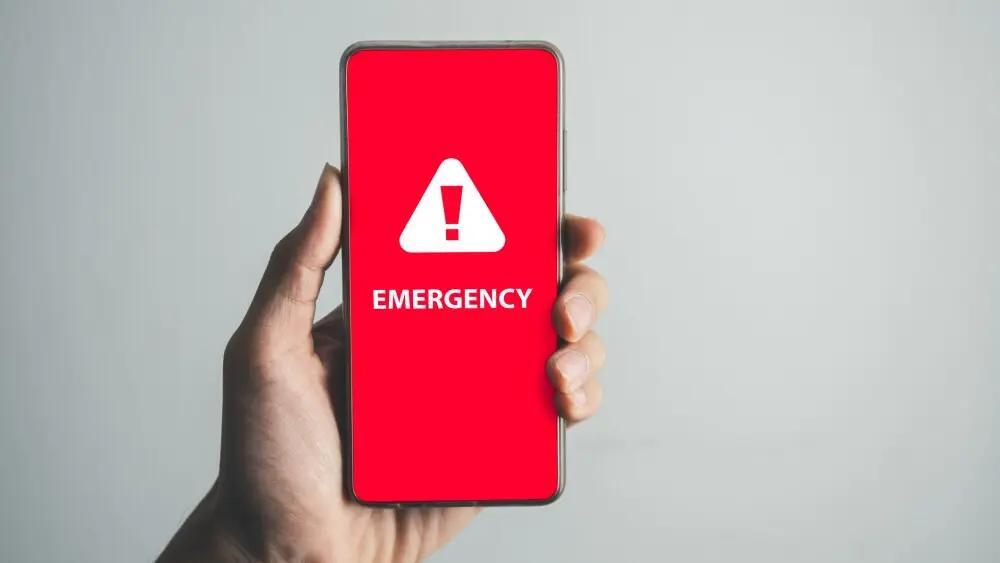
Govt begins nationwide testing of new real-time disaster alert system via mobile phones
In a significant move to enhance the country’s disaster preparedness and response, the Department of Telecommunications (DoT) has collaborated with the National Disaster Management Authority (NDMA) to launch a nationwide testing of a new mobile-based disaster alert system. This real-time alert system, based on Cell Broadcast (CB) technology, aims to disseminate critical information to the public during emergencies, thereby saving lives and reducing the impact of disasters.
The nationwide testing of the new system is being conducted as part of the government’s initiative to enhance the real-time dissemination of alerts during emergencies. The system is designed to send targeted and localized alerts to mobile phone users in the event of a disaster, enabling them to take necessary precautions and evacuate to safety.
According to the latest reports, the DoT and NDMA have started testing the Cell Broadcast-based disaster alert system in select cities across the country. The system is being tested on a pilot basis to assess its feasibility, scalability, and effectiveness in sending timely alerts to mobile phone users during emergencies.
The Cell Broadcast technology used in the system allows for the transmission of messages to multiple mobile phones simultaneously, making it an efficient and cost-effective way to disseminate critical information to a large number of people. The system is designed to operate independently of the internet, ensuring that alerts are delivered even during network congestion or outages.
Under the new system, the NDMA will be responsible for issuing alerts and warnings during disasters, while the DoT will manage the technical aspects of the system, including the transmission of alerts to mobile phones. The system will also be integrated with other emergency response systems, such as the National Emergency Response System (NERMS), to ensure seamless coordination and response during emergencies.
The introduction of the new real-time disaster alert system is expected to significantly enhance the country’s disaster preparedness and response capabilities. With the system in place, mobile phone users will receive timely and targeted alerts during emergencies, enabling them to take necessary precautions and evacuate to safety.
The new system is also expected to reduce the risk of loss of life and property during disasters. According to the NDMA, the system will enable the authorities to send alerts to mobile phone users in the affected areas, even before the disaster strikes, allowing them to take necessary precautions and evacuate to safety.
The nationwide testing of the new system is a significant step towards enhancing the country’s disaster preparedness and response capabilities. With the system in place, the government is expected to be better equipped to respond to emergencies and minimize the impact of disasters on the public.
The introduction of the new real-time disaster alert system is also expected to have a positive impact on the country’s disaster management preparedness. The system will enable the authorities to respond more effectively to emergencies, reduce the risk of loss of life and property, and enhance the overall resilience of the country.
In conclusion, the nationwide testing of the new mobile-based disaster alert system is a significant step towards enhancing the country’s disaster preparedness and response capabilities. The system, based on Cell Broadcast technology, is designed to send targeted and localized alerts to mobile phone users during emergencies, enabling them to take necessary precautions and evacuate to safety. The introduction of the system is expected to have a positive impact on the country’s disaster management preparedness, reducing the risk of loss of life and property during emergencies.





